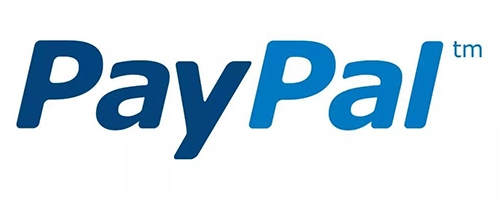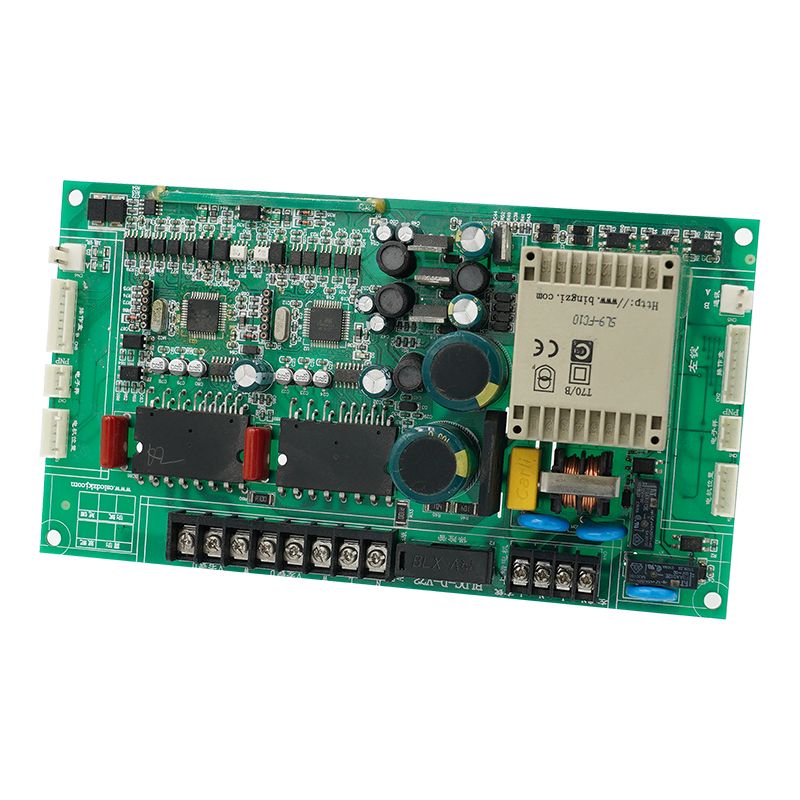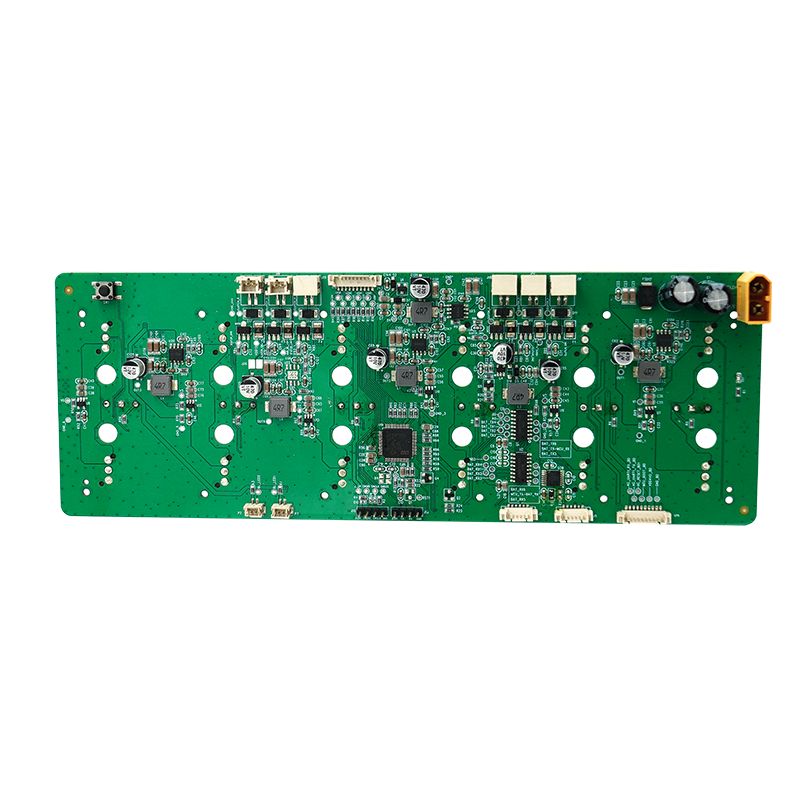- English
- Español
- Português
- русский
- Français
- 日本語
- Deutsch
- tiếng Việt
- Italiano
- Nederlands
- ภาษาไทย
- Polski
- 한국어
- Svenska
- magyar
- Malay
- বাংলা ভাষার
- Dansk
- Suomi
- हिन्दी
- Pilipino
- Türkçe
- Gaeilge
- العربية
- Indonesia
- Norsk
- تمل
- český
- ελληνικά
- український
- Javanese
- فارسی
- தமிழ்
- తెలుగు
- नेपाली
- Burmese
- български
- ລາວ
- Latine
- Қазақша
- Euskal
- Azərbaycan
- Slovenský jazyk
- Македонски
- Lietuvos
- Eesti Keel
- Română
- Slovenski
- मराठी
- Srpski језик
3D printer PCBA
Send Inquiry
Unixplore Electronics has been committed to the development and manufacturing of high-quality 3D printer PCBA in the form of OEM and ODM type since 2011.
To ensure the long-term stable operation of a To ensure the long-term stable operation of a 3D printer PCBA, several aspects can be addressed:
Select High-Quality Components: Use high-quality, reputable electronic components. This ensures stable performance, high temperature resistance, strong anti-interference capabilities, and overall reliability.
Design Circuits Properly: The circuit design should be meticulous. Power, ground, and signal lines should be logically laid out to reduce interference and electromagnetic noise, ensuring normal signal transmission. Overcurrent, overvoltage, and short-circuit protection circuits should also be included.
Ensure Effective Heat Dissipation: Critical components require excellent heat dissipation design. This can be achieved using heat sinks, fans, or by increasing the copper foil area on the PCB to prevent overheating and damage.
Use High-Quality PCB Manufacturing Process: Use reliable PCB materials, ensure strong soldering, and maintain good mechanical strength. Avoid problems caused by cold solder joints or mechanical stress.
Ensure Stable Firmware: The control program should be robust to prevent crashes and anomalies. Ideally, it should support anomaly protection and automatic recovery for system stability.
Impact Prevention Measures: Use filters, isolation designs, and regulated power supplies to prevent external electromagnetic interference and ensure smooth system operation.
Conduct thorough testing and verification. Perform aging tests, temperature cycling tests, and functional tests. Identify and address any issues promptly to ensure long-term stability.
* Bare PCB produced, components purchased by us
* PCB fabrication with parts fully assembled
* 100% Functionally Tested OK prior to shipping
* RoHS compliant, Lead-free manufacturing process
* Quick delivery, with independent ESD package
* One stop electronic manufacturing service for PCB design, PCB layout, PCB manufacture, components procurement, PCB SMT and DIP assembly, IC programming, function test, packaging and delivery
| Parameter | Capability |
| Layers | 1-40 layers |
| Assembly Type | Through-Hole (THT), Surface Mount (SMT), Mixed (THT+SMT) |
| Minimum Component Size | 0201(01005 Metric) |
| Maximum Component Size | 2.0 in x 2.0 in x 0.4 in (50 mm x 50 mm x 10 mm) |
| Component Package Types | BGA, FBGA, QFN, QFP, VQFN, SOIC, SOP, SSOP, TSSOP, PLCC, DIP, SIP, etc. |
| Minimum Pad Pitch | 0.5 mm (20 mil) for QFP, QFN, 0.8 mm (32 mil) for BGA |
| Minimum Trace Width | 0.10 mm (4 mil) |
| Minimum Trace Clearance | 0.10 mm (4 mil) |
| Minimum Drill Size | 0.15 mm (6 mil) |
| Maximum Board Size | 18 in x 24 in (457 mm x 610 mm) |
| Board Thickness | 0.0078 in (0.2 mm) to 0.236 in (6 mm) |
| Board Material | CEM-3,FR-2,FR-4, High-Tg, HDI, Aluminum, High Frequency, FPC, Rigid-Flex, Rogers, etc. |
| Surface Finish | OSP, HASL, Flash Gold, ENIG, Gold Finger, etc. |
| Solder Paste Type | Leaded or Lead-Free |
| Copper Thickness | 0.5OZ – 5 OZ |
| Assembly Process | Reflow Soldering, Wave Soldering, Manual Soldering |
| Inspection Methods | Automated Optical Inspection (AOI), X-ray, Visual Inspection |
| Testing Methods In-House | Functional Test, Probe Test, Aging Test, High and Low Temperature Test |
| Turnaround Time | Sampling: 24 hours to 7 days, Mass Run: 10 - 30 days |
| PCB Assembly Standards | ISO9001:2015; ROHS, UL 94V0, IPC-610E class ll |
● 3D printer PCBA Functional test fixture customized according to client’s test requirements
● Box building service including plastic & metal case mold and part production
● Conformal coating including selective lacquer coating, epoxy resin potting
● Wire harness and cable assembly
● Finished product assembly including box, screen, membrane switch, labelling and customized carton or retail box packing.
● Various third-party tests for PCBA are available upon request
● Product Certification Assistance
-
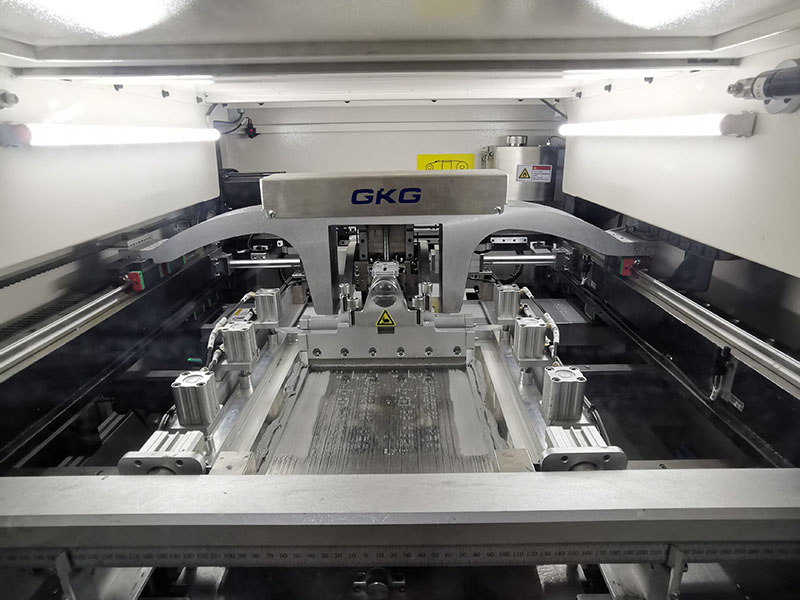
1. Automatic solderpaste printing
-
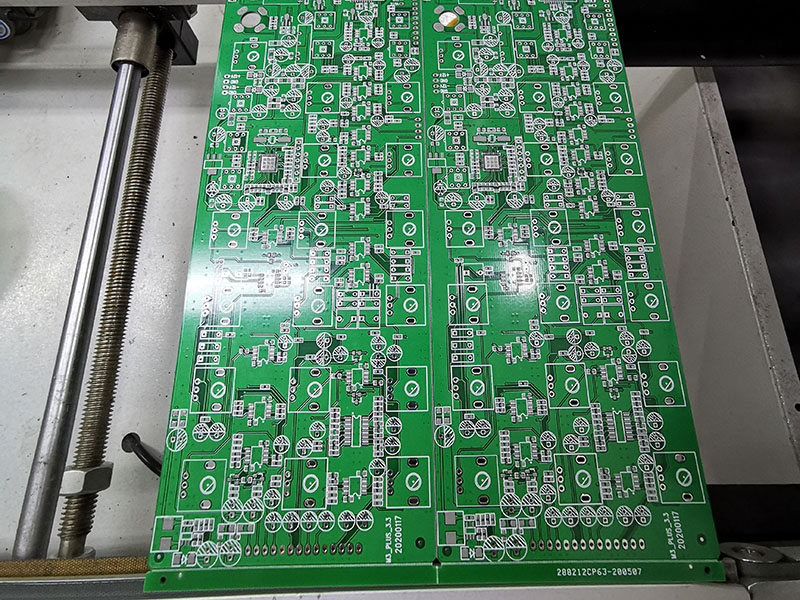
2. solderpaste printing done
-
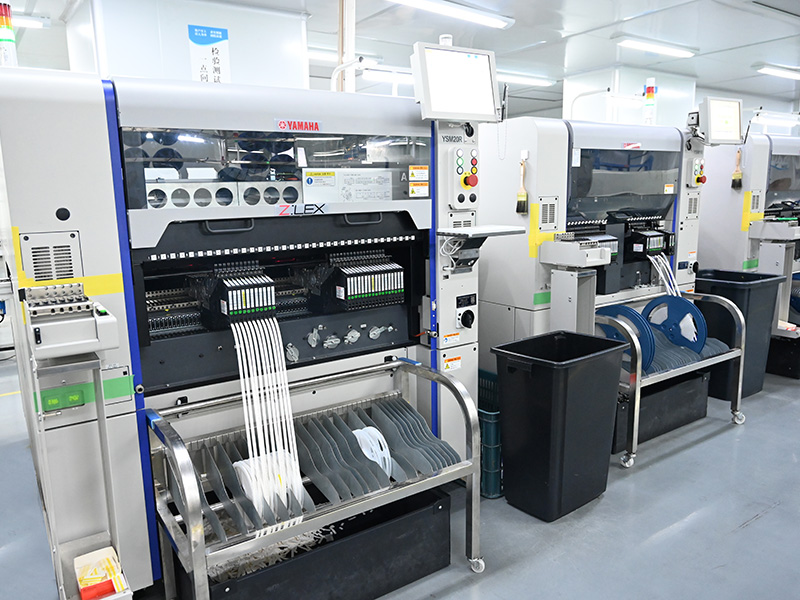
3. SMT pick and place
-

4. SMT pick and place done
-
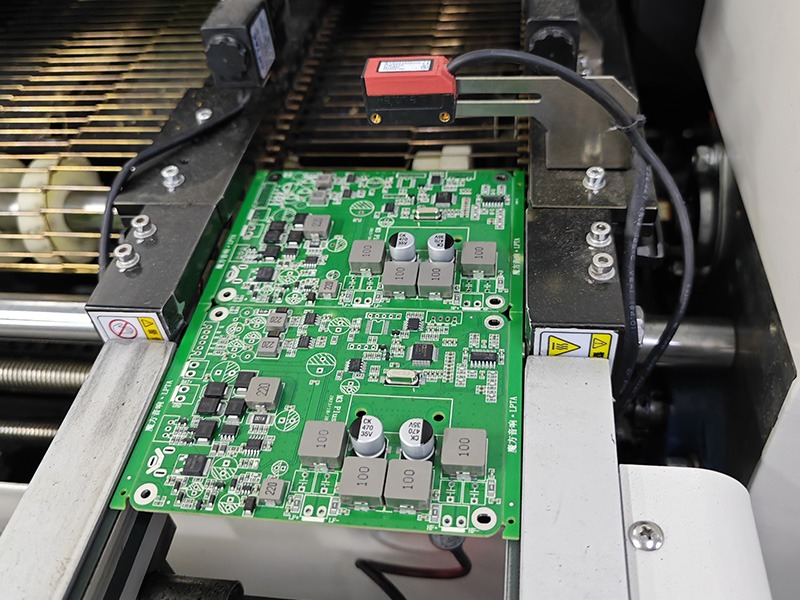
5. ready for reflow soldering
-
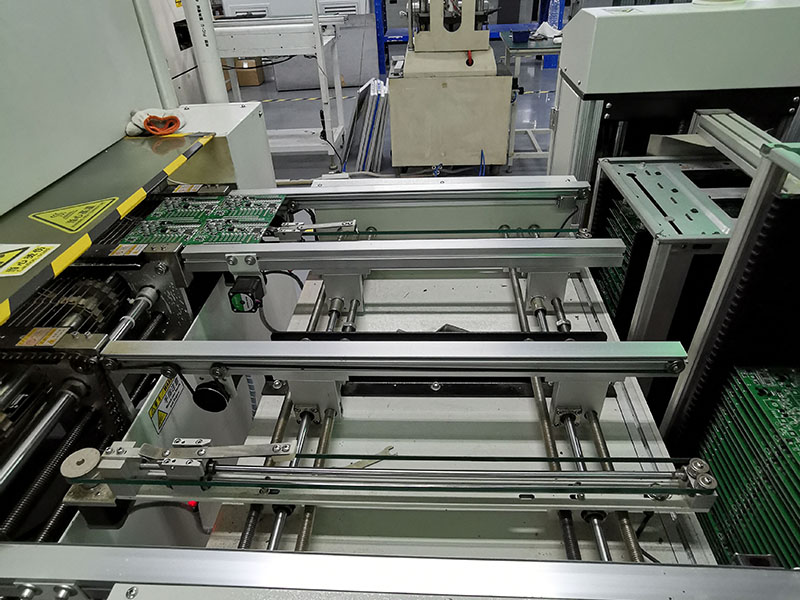
6. reflow soldering done
-
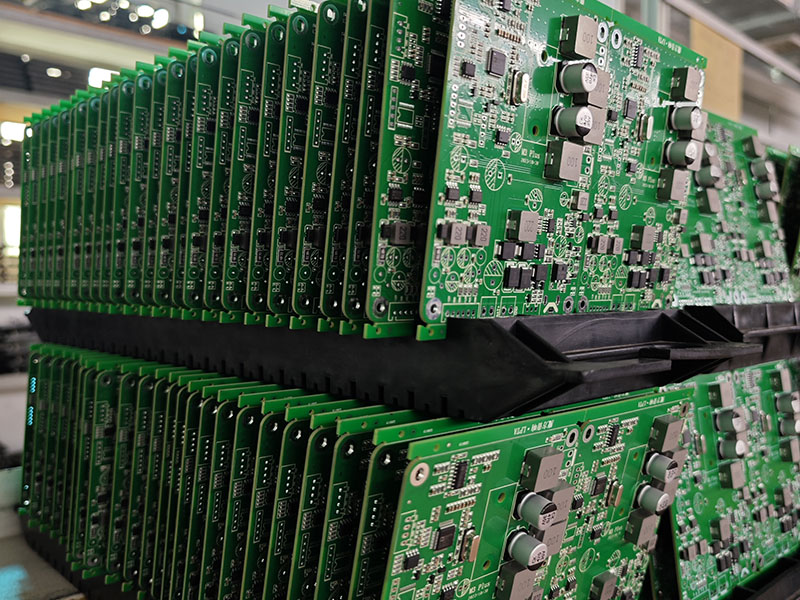
7. ready for AOI
-
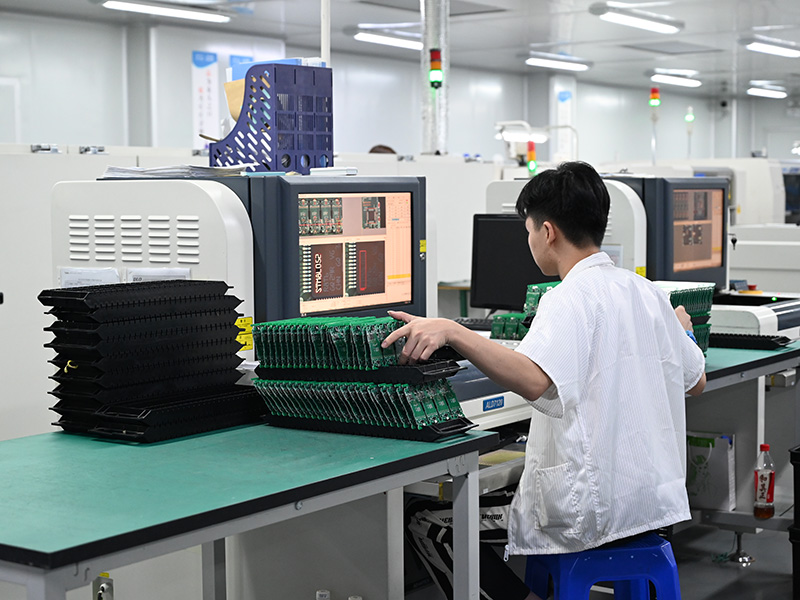
8. AOI inspection process
-
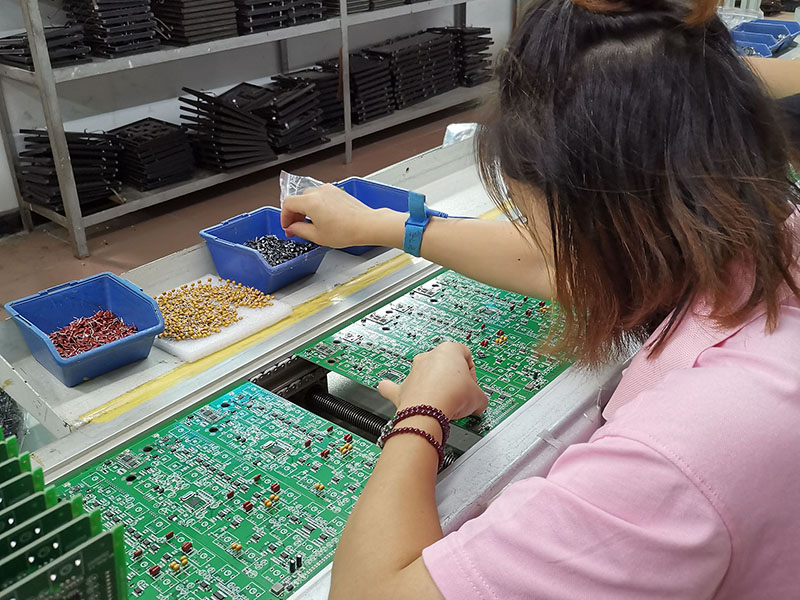
9. THT component placement
-
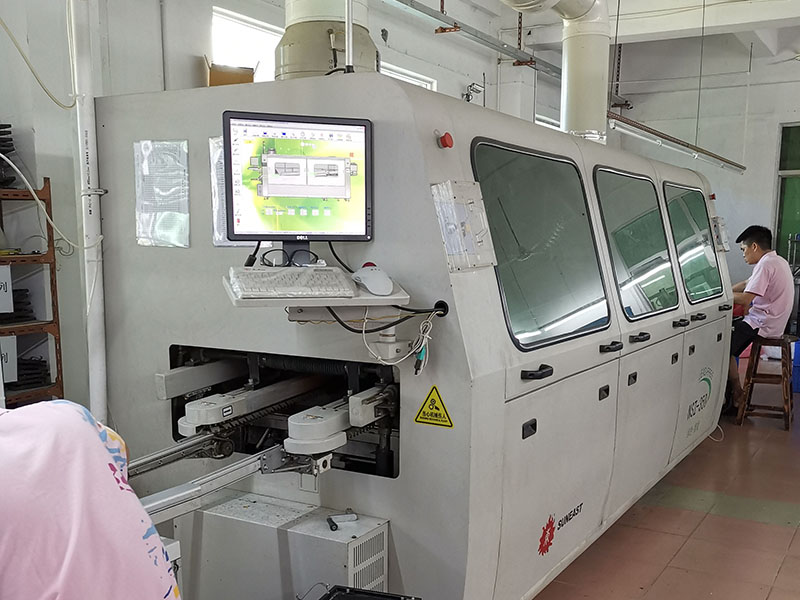
10. wave soldering process
-

11. THT assembly done
-
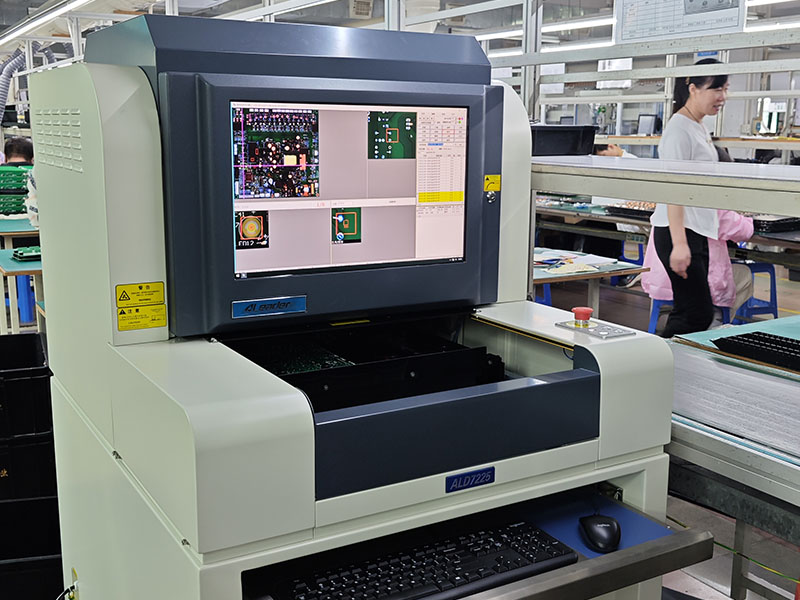
12. AOI Inspection for THT assembly
-
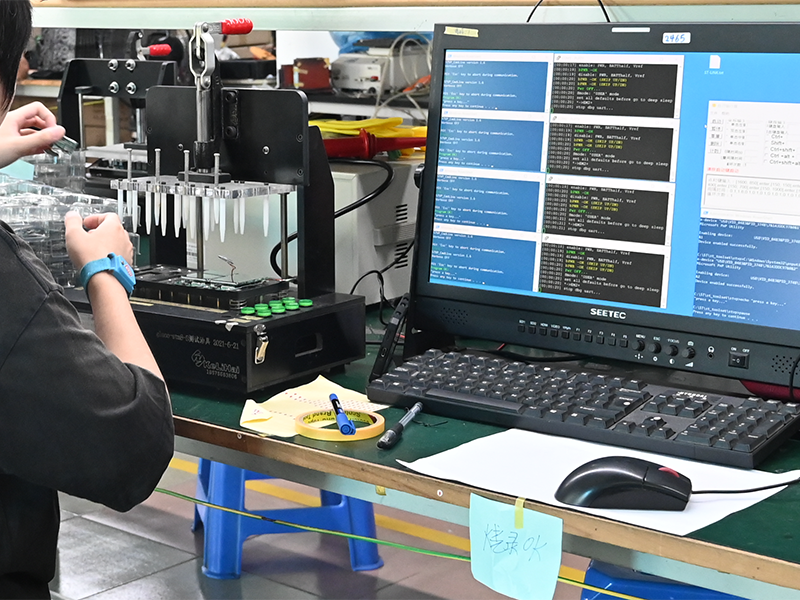
13. IC programming
-
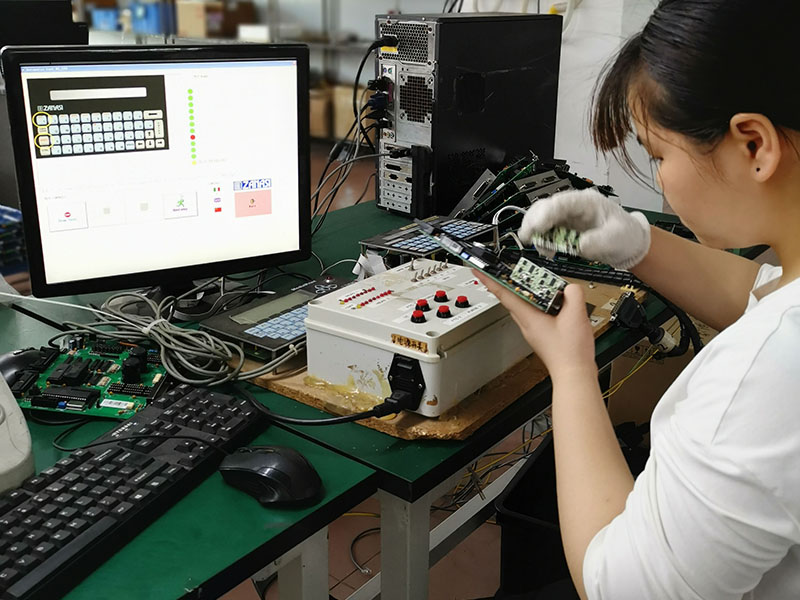
14. function test
-
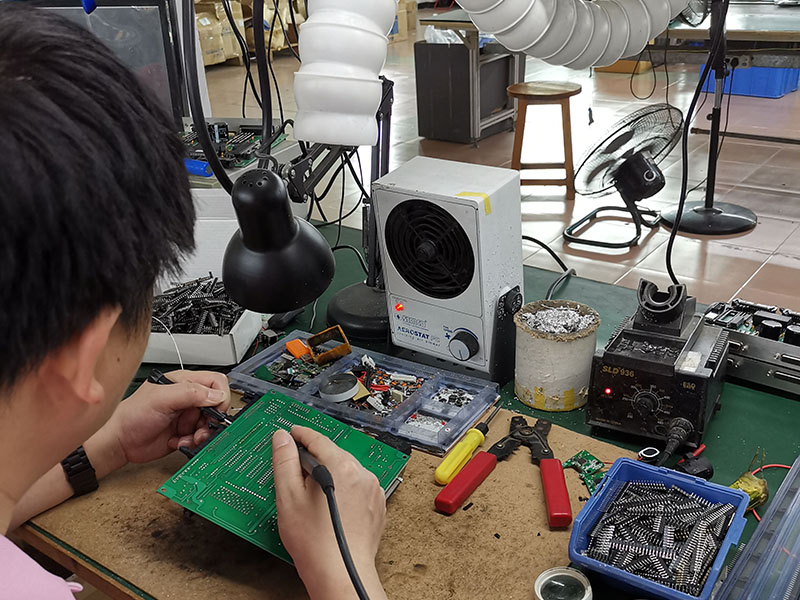
15. QC Check and Repair
-

16. PCBA conformal coating Process
-

17. ESD packing
-

18. Ready for Shipping


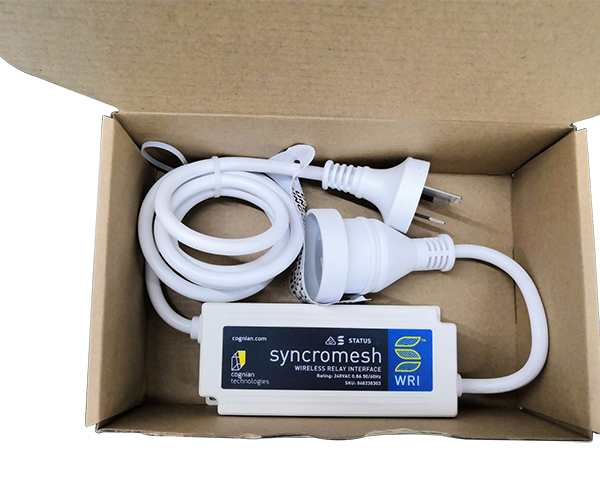

Home Appliance PCBA
Industrial Control PCBA
Automobile PCBA
Consumer Electronics PCBA
Medical Equipment PCBA
Security System PCBA
Healthcare PCBA
LED Lighting PCBA
IoT PCBA
Electric Gardening Tool PCBA
-
Delivery Service






-
Payment Options



